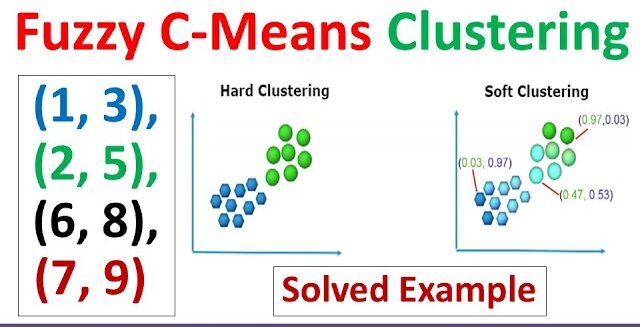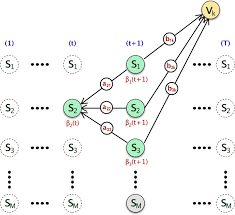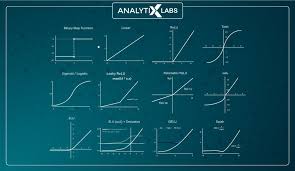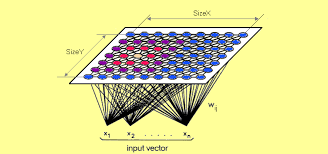Gaussian Mixture Models (GMMs) are a versatile tool for clustering and density estimation, effectively managing overlapping data distributions. This blog explores their history, functionality, tools, and applications in healthcare, traffic analysis, and environmental monitoring in Australia.
Fuzzy C-means (FCM) clustering is a flexible technique that assigns data points to multiple clusters with varying membership probabilities. This blog explores its history, functionality, and real-world applications in fields like healthcare, environmental modelling, and education.
Ensemble learning enhances predictive accuracy by combining multiple models to mitigate bias and improve generalisation. Used in fields like healthcare, traffic management, and economic policy, it ensures reliable decision-making through techniques like bagging, boosting, and stacking.
Ensemble learning combines predictions from multiple models to improve accuracy, reduce overfitting, and handle complex data patterns. This blog explores its history, methods, and applications in Australian sectors like healthcare, traffic management, and education analytics.
A Brief History of the EM Algorithm Imagine trying to solve a jigsaw puzzle where some pieces are missing, but you still need to construct the full image. The Expectation-Maximization (EM) Algorithm, introduced in 1977 by Arthur Dempster, Nan Laird, …
The Backward Phase, a vital component of Hidden Markov Models (HMMs), decodes sequential data by calculating the likelihood of observed sequences. Widely applied in fields like transportation, healthcare, and environmental science, it ensures high accuracy in predictive modelling.
The back-propagation algorithm revolutionised machine learning by enabling efficient training of deep neural networks. This blog explores its history, functionality, applications, and use in Australian industries such as healthcare, energy optimisation, and traffic systems.
AdaBoost.SAMME extends the original AdaBoost algorithm to efficiently tackle multi-class classification problems by iteratively prioritising errors and combining weak learners. This blog explores its history, functionality, variations, and applications in healthcare, traffic forecasting, and education segmentation in Australia.
Activation functions are essential in neural networks, introducing non-linearity to enable the modelling of complex patterns. This blog explores their history, types, and applications in Australian sectors such as healthcare, traffic management, and environmental research
The Self-Organizing Map (SOM), developed by Teuvo Kohonen in the 1980s, is a powerful tool for simplifying high-dimensional data. By clustering and visualising data relationships, SOMs are widely used in Australian sectors like policy-making, geoscience, and public transport.










